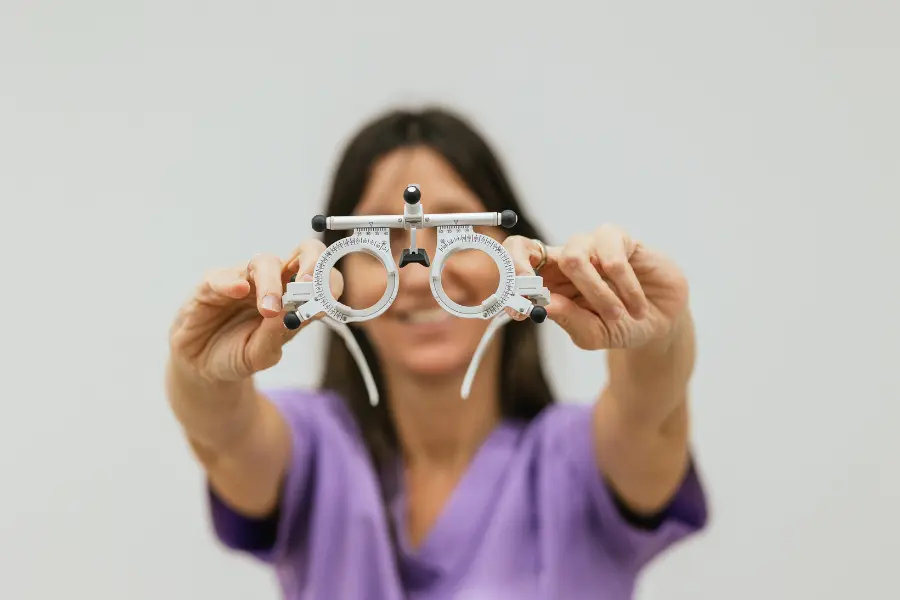Understanding Healthcare Data Security: Why It Matters
In an era where digital transformation is reshaping every sector, the healthcare industry faces unique challenges regarding data security. With the increasing reliance on electronic health records (EHRs), telemedicine, and mobile health applications, the protection of patient information has never been more critical. This article explores the importance of healthcare data security, the challenges faced by organizations, and effective strategies to safeguard sensitive patient information.
What is Healthcare Data Security?
Healthcare data security refers to the measures and protocols implemented to protect sensitive patient information from unauthorized access, breaches, and cyberattacks. This includes safeguarding personal health information (PHI) contained in electronic records, ensuring compliance with regulations such as the Health Insurance Portability and Accountability Act (HIPAA), and maintaining patient trust in the healthcare system.
The Importance of Healthcare Data Security
The significance of robust healthcare data security cannot be overstated:
- Protecting Patient Privacy: Patients trust healthcare providers with their sensitive information, and breaches can lead to significant privacy violations and potential harm.
- Preventing Financial Loss: Data breaches can result in substantial financial losses for healthcare organizations due to legal fees, regulatory fines, and damage to reputation.
- Ensuring Compliance: Adhering to data protection regulations is essential for healthcare organizations to avoid penalties and maintain their licenses to operate.
- Enhancing Patient Trust: A strong commitment to data security fosters patient trust and encourages individuals to seek medical care without fear of their information being compromised.
Challenges of Securing Patient Data
Despite the importance of data security, healthcare organizations face numerous challenges:
- Evolving Cyber Threats: Cyberattacks on healthcare systems are becoming increasingly sophisticated, with hackers exploiting vulnerabilities to access sensitive data.
- Legacy Systems: Many healthcare organizations still rely on outdated technology that may not have adequate security measures, leaving them vulnerable to breaches.
- Employee Training: Human error remains a significant risk factor. Employees must be trained to recognize phishing attempts and adhere to data security protocols.
- Data Sharing Practices: The sharing of patient information between providers, insurers, and other stakeholders can create additional entry points for cybercriminals.
Best Practices for Strengthening Healthcare Data Security
To combat these challenges, healthcare organizations should adopt the following best practices:
- Implement Strong Access Controls: Limit access to sensitive data based on employee roles and ensure that only authorized personnel can access patient information.
- Regularly Update Software: Keep all software and systems updated to protect against vulnerabilities. This includes applying patches and updates to security software regularly.
- Conduct Employee Training: Provide ongoing training for employees on data security best practices, including recognizing phishing attacks and securing personal devices used for work.
- Use Encryption: Encrypt sensitive patient data both in transit and at rest to protect it from unauthorized access.
- Develop an Incident Response Plan: Establish a clear plan for responding to data breaches, including communication strategies and recovery procedures.
Conclusion
As healthcare continues to embrace digital transformation, the importance of robust data security measures cannot be overstated. Protecting patient information is not only a legal requirement but also a fundamental aspect of maintaining trust and delivering high-quality care. By understanding the challenges and implementing effective strategies, healthcare organizations can safeguard sensitive data in the digital age and ensure a secure future for patient information.
Latest Article
-
 Benefits of Detox Water: Does It Really Work?Article
Benefits of Detox Water: Does It Really Work?Article -
 Top 5 Pulmonologists in Nagpur For Best Lung CareArticle
Top 5 Pulmonologists in Nagpur For Best Lung CareArticle -
 5 Best Eye Hospitals in Andheri, Rated Based on Affordability and TechnologyArticle
5 Best Eye Hospitals in Andheri, Rated Based on Affordability and TechnologyArticle -
 Finding Hope: 5 Best Breast Cancer Surgeons in NagpurArticle
Finding Hope: 5 Best Breast Cancer Surgeons in NagpurArticle -
 Angiography Cost in Mumbai | Types, Factors & Price Estimates for 2025Article
Angiography Cost in Mumbai | Types, Factors & Price Estimates for 2025Article
